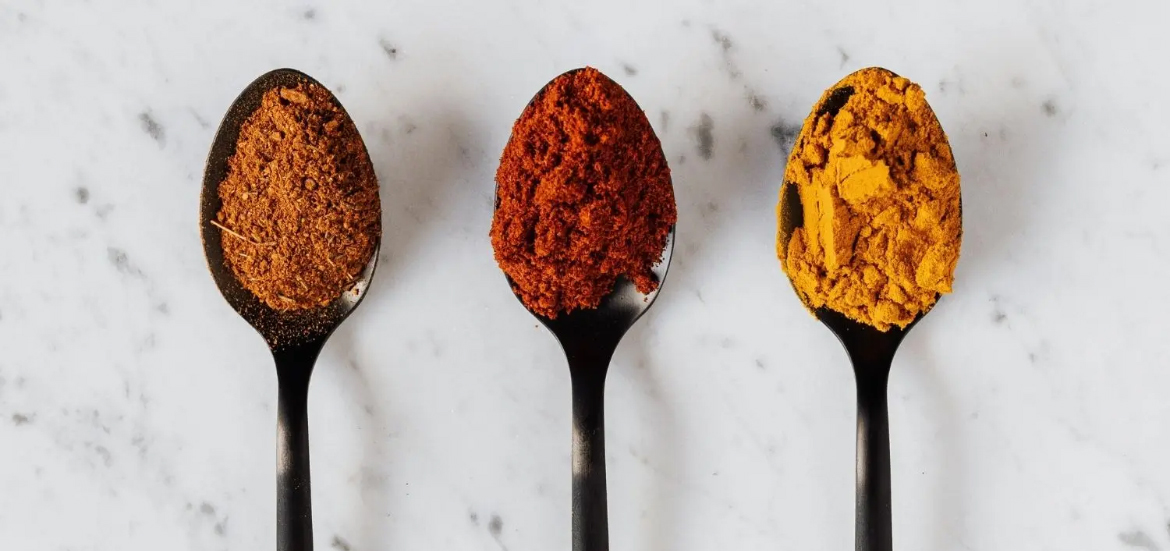
5 Mistakes We Make
When We Run
Running is a great way to stay fit and healthy. But whether you're new to the game or a seasoned pro, we all make mistakes that can keep us from crossing the finish line.
While you're still on the starting blocks, take a look at these common running mistakes - and how to avoid making them.
Wrong sneakers
Your choice of running shoe is all important if you want to avoid nasty injuries like shin splints or twisted ankles. Many new runners don't consider the effect that poorly fitting or worn-out shoes can have on their run.
Make sure you get your shoes fitted by a professional who can check you have the right size, arch and heel to match your needs. It's just as important to change your running shoe every 4-6 months. If your shoes are tired, you will be too.
Pushing too hard
Once you've broken through the pain barrier, the exhilaration of a good run can make you feel like you can go all day. If you've got a big race coming up, it can be tempting to ramp up your training if you've fallen behind. Building up speed and mileage gradually over time is the best way to avoid injuries that can set you back. Try increasing your mileage slightly every 3-4 weeks to give your body enough time to adjust to each change.Running too often
Running can put your body under a lot of strain and your muscles and ligaments need time to adjust to the stress. The best way to build up your strength and avoid injury is to schedule in regular rest days. Try leaving at least one full day per week free from running to avoid pulled muscles or strained ligaments.Over-striding
Overstriding occurs when your front foot lands ahead of your body's natural centre of gravity. Doesn't sound too bad right? Wrong! Overstriding is at best inefficient and at worst a quick route to injury. If your foot is landing ahead of your hips, it isn't absorbing the shock as well. This can slow down your run and speed up your chances of injuries like shin splints. Make sure you're not lunging forward, and your stride and arm swing are as short as possible.Running on empty
Good nutrition is essential for a runner. What you eat before, during and after your run will have a big effect on your performance and recovery. Aim for a pre-workout fuel-up about an hour before you hit the streets. A light snack such as cereal or toast can be enough to keep those energy levels up. Eating after your run will also help replenish the calories and fluids you lose during your workouts, as well as chase away any stiffness you've accumulated while you're out there.
Now that you know how to avoid some of the obstacles all runners face, you can step up your training for that big race. The only thing left to do is get out there.
Happy running!
The content provided in this article is for informational purposes only. It is not, nor is it intended to be, a substitute for professional medical advice, diagnosis, or treatment and should never be relied upon for professional medical advice or consultation. It is provided with understanding that Russo Media Group, LLC (“Morela Russo Lifestyle Magazine”) is not engaged in the provision or rendering of medical advice or services. You understand and agree that Russo Media Group, LLC (“Morela Russo Lifestyle Magazine”) shall not liable for any claim, loss, or damage arising out of the use of, or reliance upon any content or information in this article.


